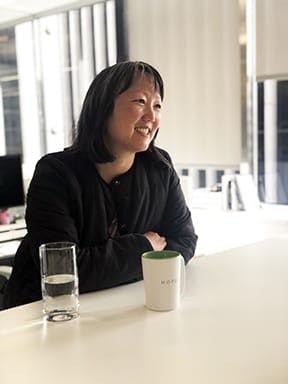We should recognize and call into question the unchecked power of design in our society. Design as a corporate tool for addictive experiences measures success in terms of eyeball time, click-throughs, purchases, repeat viewing and ever-increasing ways to measure a product’s “stickiness.” Our healthcare system is left to clean up the pieces. Should we be building products and services for maximum screen attention? Or is there another metric that might measure the improved quality of life? With increased disconnection and more and more time spent on screens, mental health systems are overloaded and suicide is now the second cause of death for young adults. Design has a responsibility to individuals and communities to consider the long-term effects of building “addictive experiences.”
Another example: Juul—a highly addictive nicotine vaping device that was designed to be attractive to teens and young adults. Design made the advertising sexy, and the device slim and foolproof for novices—easy to consume the fruity flavors of choice. We now have a vaping epidemic on our hands. Just when we thought we won the war on smoking, kids, as early as 11 are now vaping in classrooms. What should be the response from the design community? How much responsibility should we bear?
I’m not anti-innovation, nor anti-design, but design as a practice must enter a new era of responsibility. We need smarter systemic approaches that considers the health impact before, during, and after any product enters our commons. We need to be working with our partners in science, psychology, and business to prevent unintended consequences before products become invasive parts of our daily lives.
Humans are manipulatable, and we’ve become quite good at behavioral change through motivational psychology to get people to do what we want. But what if we used that power for positive action? How about designing to get them to do what their healthier, happier future selves would want? Today my moral meter swings solidly towards good, and I hope to support other designers toward decisions that don’t require them to swing wildly on the pendulum of good and evil.





